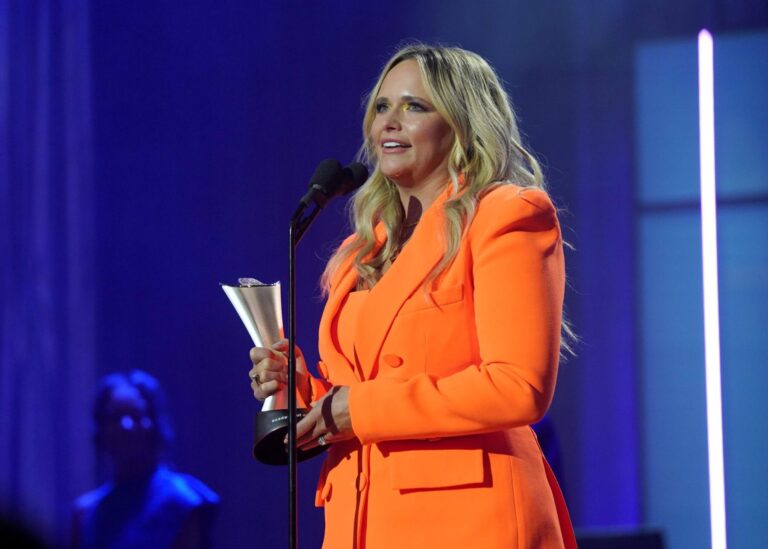Calving: split versus seasonal
THE majority of South Gippsland dairy farmers operate on a split calving system, rather than seasonal which is the opposite of 15 years ago.
Department of Primary Industries and Environment development specialist – farm business management Gavin McClay said the basic premise of seasonal calving is matching feed supply to feed demand.
“In winter and spring pasture growth is very consistent, versus heading through to summer and autumn which is less consistent,” he said.
“Summer is consistent in that it is hot and dry but autumn can either be early or late. In the last 15 years across Victoria and South Gippsland, there has been more farms move to split calving.”
Mr McClay said these farms still have a predominantly spring calving or seasonal herd but there are more farms with autumn calving cows as well.
“Several factors have driven that shift. One is farmers are looking for a way to keep cows in the herd that don’t get in calf to stay in the seasonal cycle,” he said.
“If they can get them to calve in the autumn they are not wasted. It is quite a plausible, useful way to manage calving.
“A more recent factor, probably in the last 10 years, is the introduction of incentives from milk companies for off peak milk.
“The incentives usually involve paying more for milk, which has encouraged farmers to adjust their calving system to produce milk from February to July.”
The big question is, has the move to split calving, particularly to chase higher milk prices, meant dairy farms are more profitable?
Mr McClay said for some farmers it has and for some it hasn’t.
“The thing is it will vary each year, which plays to the strengths of some farms and not others,” he said.
“The main thing for me is the foundation principle of matching feed supply to demand. The more you move away from that in a farm business, the more you add potential risk to that business.
“Not all risk is bad, but the further farmers move away from that principle, the more risk they add and they need to assess the impact of that risk on each business.”
Mr McClay said another broad principle to remember is any change, particularly around calving patterns, needed to be considered over a five to seven year period, not just one year.
“It needs a much longer view to make a sound decision,” he said.
South Gippsland Semex representative and Meeniyan dairy farmer Stuart Mackie said farmers have moved to split calving for different reasons.
“One reason is to spread income throughout the year. Another reason is if farmers can’t get their seasonal cows in calf, they can carry them over to the next season,” he said.
“Dairy farmers are enjoying more production than they used too, but it is becoming harder to get cows in calf.”

Children and animals: Ruby, Isabella and Scott Mackie from Meeniyan cuddle a few of this season’s calves.
Short URL: /?p=11396






